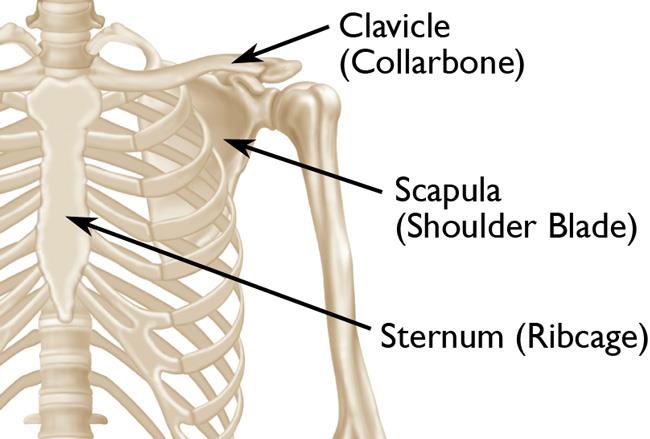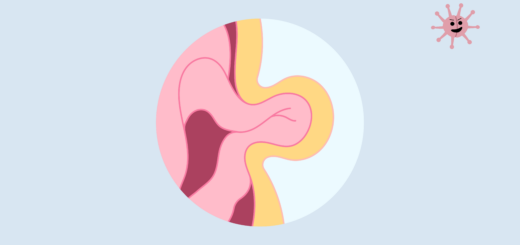First Aid Treatment for a Broken Collarbone (Clavicle)
A fractured collarbone is a common injury, usually resulting from a blow or fall on to the shoulder or a fall onto the outstretched hand.
The clavicles or collarbones join the shoulder blades to the breastbone (sternum), helping to support the arms. Most victims of a break are children and young people – fractured collarbone is often a sporting or horse riding injury.

In this first aid blog post we’ll discuss the recognition and first aid treatment for a broken collarbone.
Signs and Symptoms
Signs and symptoms of a broken collarbone include:
- pain and swelling of the area
- pain increased by any movement of the arm on the affected side
- the patient may support his arm at the elbow to relieve pain, or tilt his head towards that side
- the affected shoulder droops so it appears lower than the normal side
- reluctance to move affected limb
- obvious deformity if broken ends of bone are displaced
- nausea or vomiting
First Aid Treatment
- Help the victim to sit down and ask him to support his elbow on the affected side with the other hand.
- Loosen any items of clothing that may be adding to the discomfort, such as a tight collar or bra strap.
- Gently place the affected arm diagonally across the chest, with the fingertips on the opposite shoulder.
- Ask the patient to move the elbow outwards slightly so that you can slip some soft padding – such as a folded towel or item of clothing – between his arm and chest wall.
- Support the affected arm with an elevation sling. If a sling is not available, improvise with a scarf or other piece of fabric.
- Secure the sling in place with a broad bandage around the affected arm and the trunk – tie the knot over the arm on the uninjured side.
- Arrange transport to a hospital or urgent care centre.
How to Make an Elevation Sling
- Ask the patient to support the injured arm at the elbow with the fingertips resting on the opposite shoulder.
- Drape a triangular bandage across the body and over the arm, with its long side down the unaffected side of the body, the top round the neck and the point level with the elbow on the affected side.
- Ask the patient to move the unaffected arm away and tuck the base of the bandage under the affected arm, with the top end wrapped around the hand.
- Take the lower end of the bandage up over the back and tie it securely over the shoulder with the knot resting in the hollow above the collarbone. Tuck in any loose fabric at the elbow and fasten with a safety pin or medical tape.





